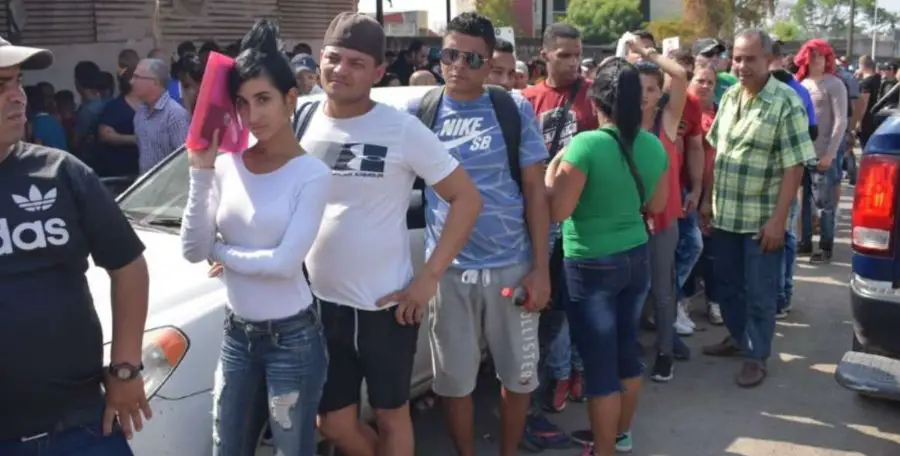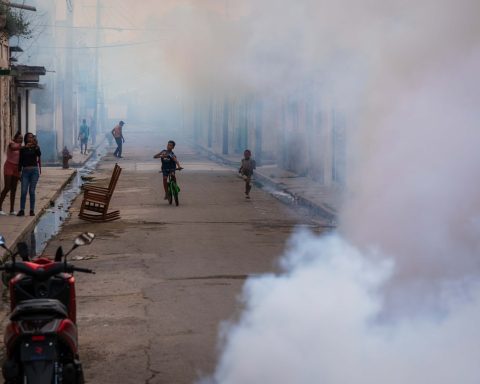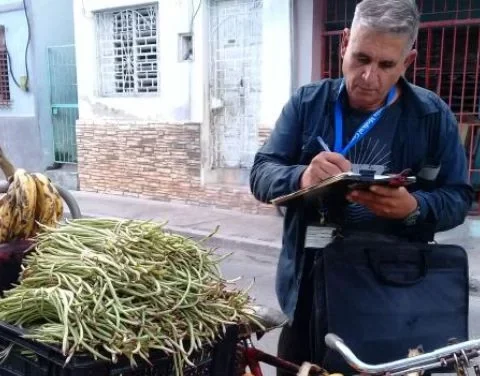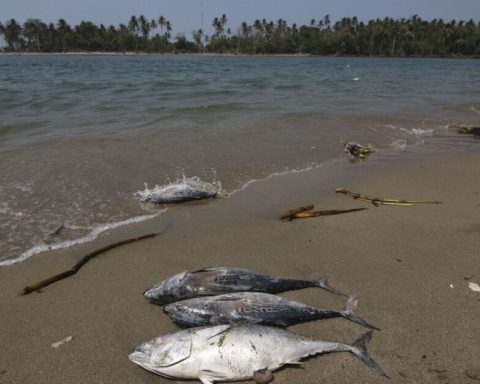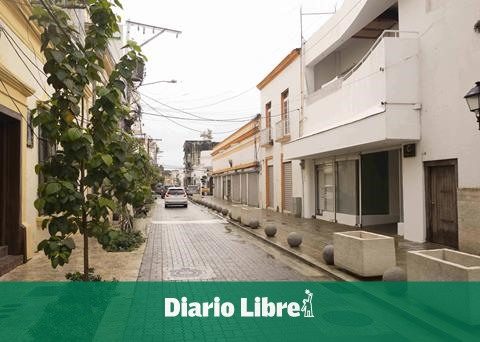CDMX, Mexico. – A series of new border and immigration policies, including the program of parole humanitarian launched by the Government of the United States for the nationals of Cuba, Venezuela, Nicaragua and Haiti, have considerably reduced the number of migrants who cross into the northern country through Mexico. In fact, the Joe Biden administration currently has the lowest figures for irregular migration recorded since January 2020.
However, these measures have created a bottleneck along the northern border of Mexico. In this area, thousands of migrants wait in shelters and shelters, hoping to cross north. Another large group has given up on their American dream, or at least put it on hold, and has decided to seek refuge in Mexico, where the numbers of these requests are skyrocketing.
A quarterly report on Migration in Latin America and the Caribbean produced by the Mixed Migration Centera global network dedicated to collecting migration data, shows that refugee claims in Mexico increased by 29 percent in the first quarter of 2023.
In the first three months of this year, the Commission for Refugee Assistance (COMAR) received 37,606 refugee applications, a figure that is 7,000 more than the same period in 2022 (29,109 applications).
36 percent of the applications submitted between January and March were made by migrants from Haiti, followed by Hondurans (23 percent). Cubans ranked third with 7 percent. They were followed by Venezuelans, with 6 percent.
Mexico as a new option
In January, COMAR received 872 refugee applications from Cubans. This number exceeded the 600 applications in December 2022. Despite this increase, the figure is below the average for 2022, when 1,507 refugee applications were submitted per month.
Then the numbers skyrocketed: in February Cubans submitted 1,665 applications, exceeding the average for 2022. March once again marked a new milestone in the number of applications submitted. In the third month of the year, COMAR received 2,596 applications from Cuban migrants.
The number of people from the Island who are receiving refuge in Mexico is also increasing. Last year, the percentage of applications that ended in the granting of political refuge reached 48 percent. In the first quarter of 2023, the percentage was 53 percent (still a long way from the 2021 average of 69 percent).
Tapachula, the gateway to Mexico in the south of the country, received the most applications with 21,638 people, while Mexico City was the destination chosen by 7,950 migrants.
So far, at least 279 Cubans have received refuge in Mexico in the first quarter of 2023. This number far exceeds the 52 positive applications from Haitians in the same period.
Hondurans, Venezuelans and Salvadorans are the ones who have obtained refuge in Mexico the most, with 3,123, 616 and 529 positive applications, respectively. Then come the Cubans.
A possible explanation for this increase in applications in Mexico, as the Mixed Migration Center points out, could be “changes in immigration policies throughout the region and the strengthening of entry restrictions in the US.”
The United States receives less Cuban migration from Mexico
According to US authorities, February 2023 had the least number of entries on the southern border since December 2022. This decrease is due to the application of more restrictive measures for the entry into the US of Venezuelans, Haitians, Cubans and Nicaraguans.
To this must be added that the United States Coast Guard (USGC) intercepted 6,250 Cubans near Florida or its keys.
